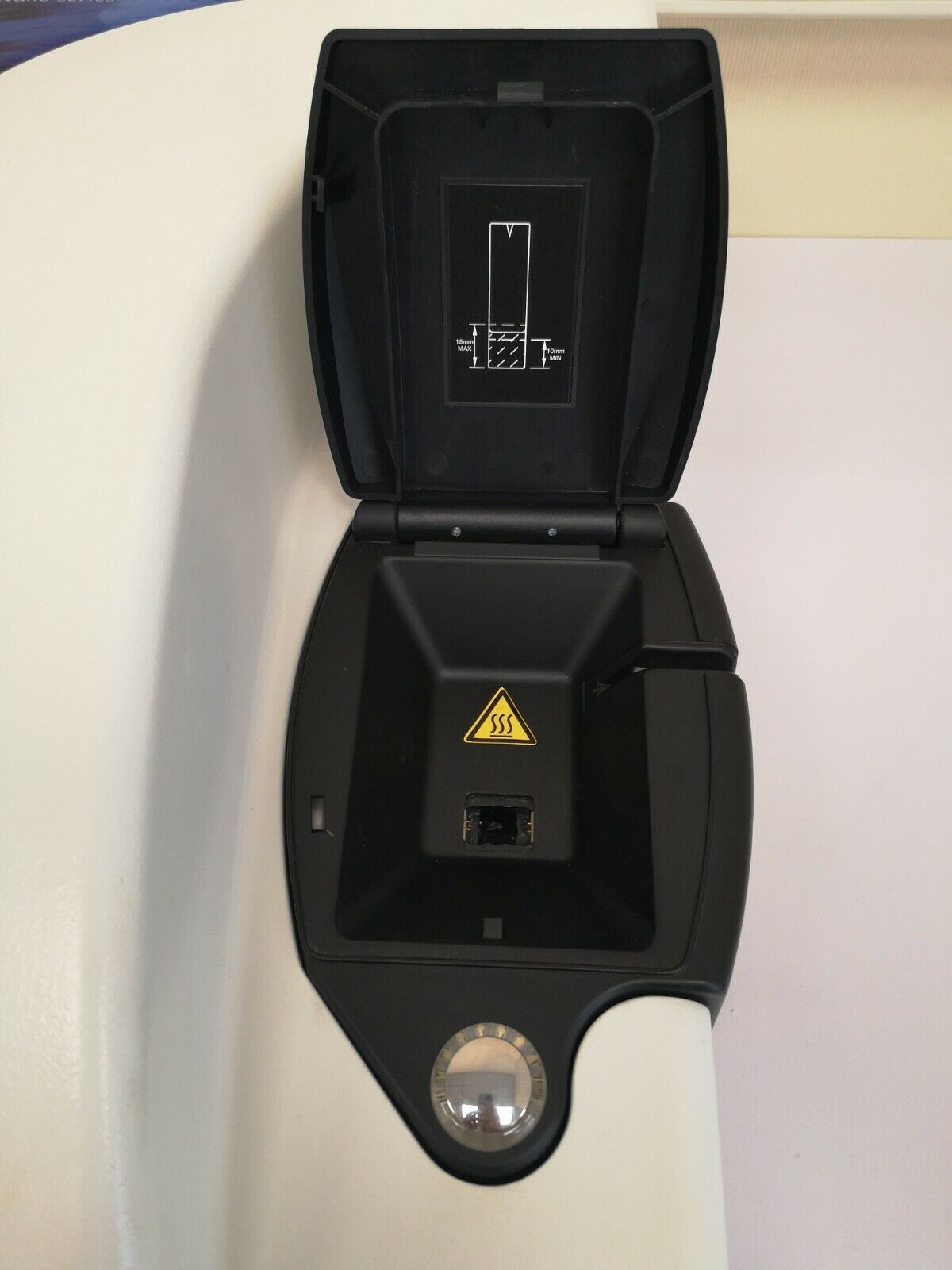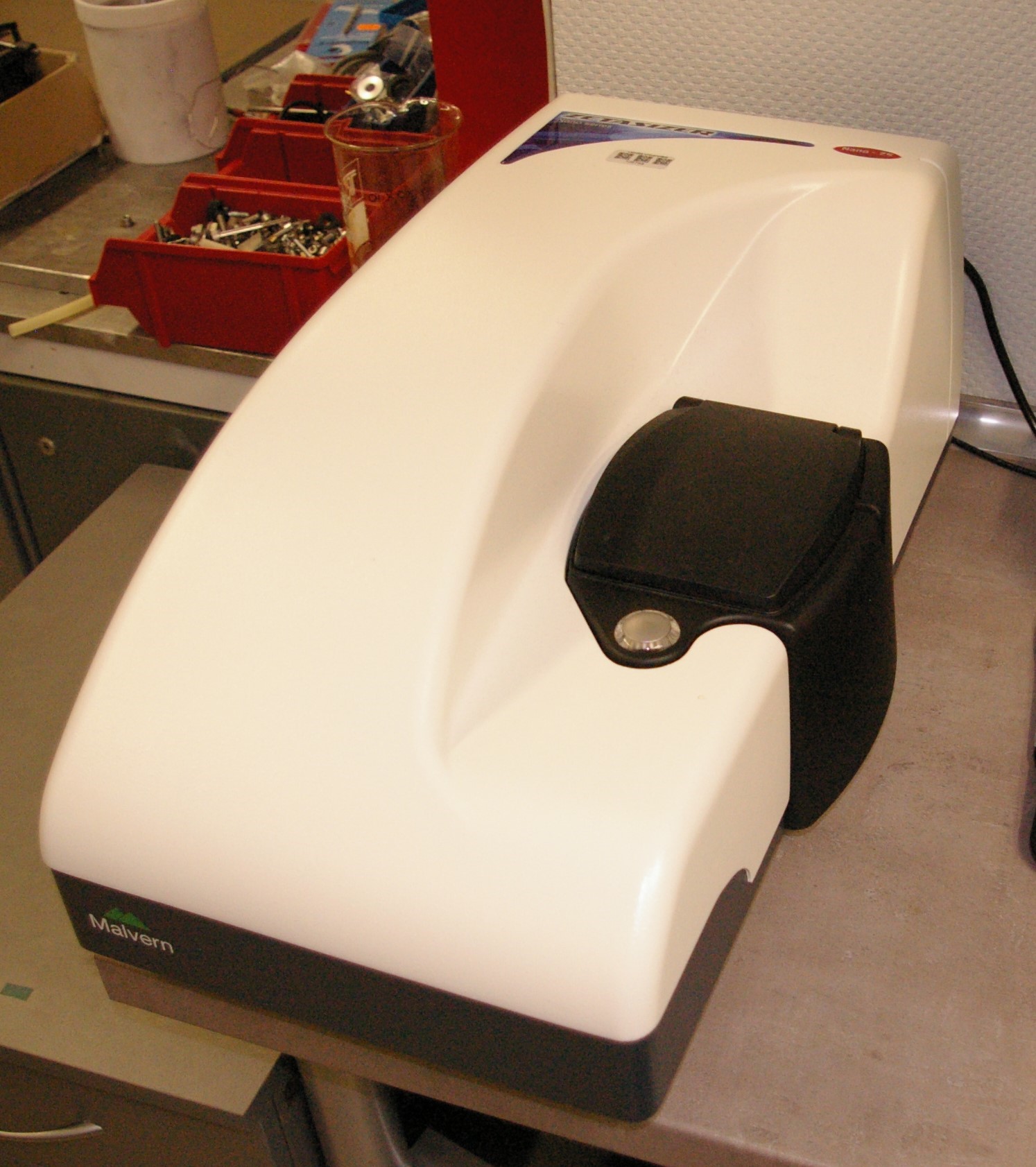

This technique provides rapid measurements (several minutes) and repeatability. In laser diffraction a volume distribution is obtained, which shows the volume percentage of particles at a given size obtained. The angular scattering intensity received is then analyzed to calculate the size of the particles responsible for creating the scattering pattern.

Laser diffraction works by measuring the angular variation in intensity of light scattered as a laser beam passes through a well dispersed sample. In the case of laser diffraction systems, the particle size reported is the diameter of a sphere that yields an equivalent light scattering pattern as the particle being measured. Malvern Mastersizer 3000 - Laser Diffraction (LD) Refractive index of sample and solvent must be known.Measurements of zeta potential are commonly used to assess the stability of colloidal systems.Ĭoatings, Ceramics, Cosmetics, Cement, Food, Clays Sample Requirements Zeta potential is a physical property which measures electrostatic interaction among particles in suspension. In addition to particle size, the Zetasizer Nano ZS can provide zeta potential values estimated from electrophoretic mobility in aqueous and non-aqueous dispersions using Laser Doppler Micro-Electrophoresis. Zetasizer Nano ZS (Dynamic Light Scattering).Three Malvern instruments are currently available at MCL that are capable of measuring size and shape for particles over a wide size range:


Particle characterization instruments at MCL Even small differences can significantly affect material properties such as chemical reactivity, bioavailability, dissolution and crystallization rates, stability in suspension, texture of the material, flow ability and handling, packing density and porosity, to name a few.
MALVERN ZETASIZER NANO ZS PRINCIPLE FULL
One to determine a frequency shift, which can give a full zeta potential distribution and a second known as PALS, where the phase shift is measured. The velocity is measured by the laser Doppler technique. An electrical field is applied to the electrodes, and particles or molecules that have a net charge, or more strictly a net zeta potential will migrate towards the oppositely charged electrode with a velocity, known as the mobility, that is related to their zeta potential. The fundamental physical principle is that of electrophoresis.Ī dispersion is introduced into a cell containing two electrodes. This mobility is often converted to Zeta potential to enable comparison of materials under different experimental conditions. The zeta potential of the sample will determine whether the particles within a liquid will tend to flocculate (stick together) or not.Įlectrophoretic Light Scattering (ELS) is a technique used to measure the electrophoretic mobility of particles in dispersion, or molecules in solution.


 0 kommentar(er)
0 kommentar(er)
